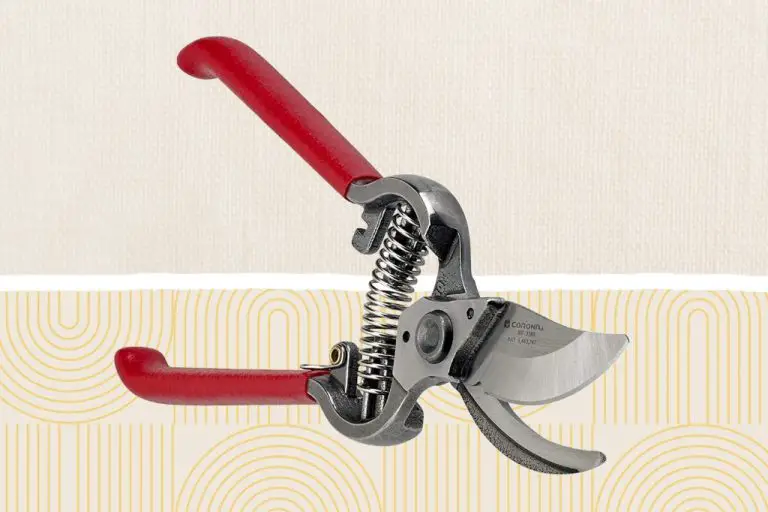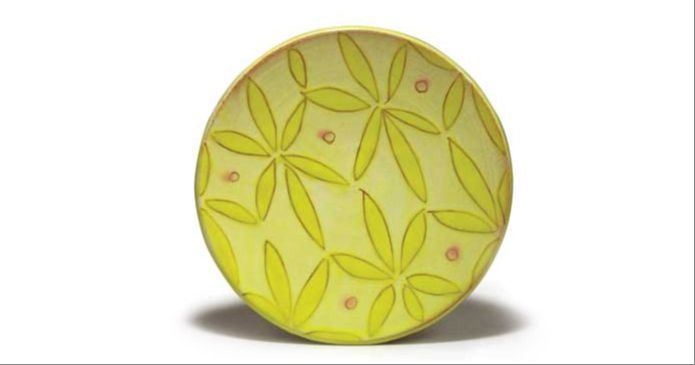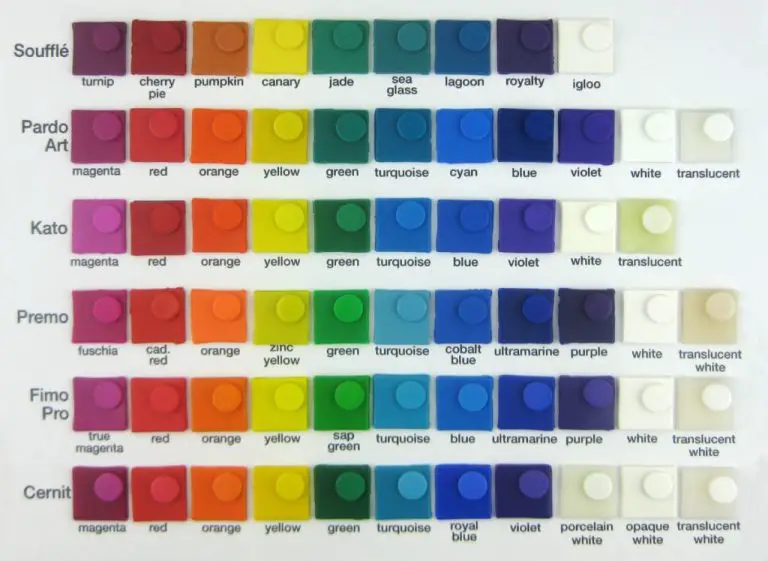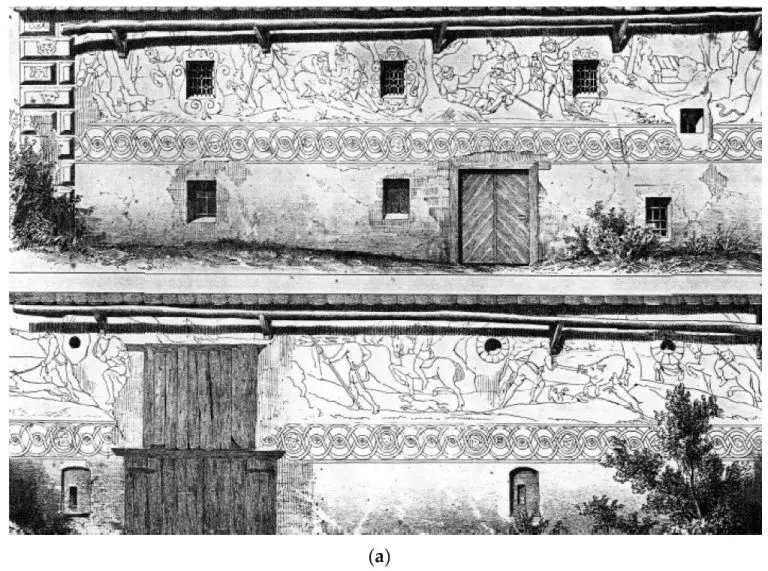What Causes Clay To Harden?
Clay is a naturally occurring earth material composed primarily of fine-grained minerals like kaolinite and illite that exhibit plasticity when mixed with water. When clay is first dug out of the ground, it is soft and moldable. However, when exposed to air and allowed to dry, the clay particles bond together in a process called hardening, forming a rigid, solid material.
The hardening of clay is primarily driven by the evaporation of water molecules between clay particles. As clay dries, water molecules are removed, allowing clay platelets to move closer together. Attractive forces between the clay particles, such as hydrogen bonding, cause the particles to tightly pack and stick together. The more the clay dries out, the harder and more durable it becomes. Additional factors like high temperatures and mineral crystallization during firing can further strengthen the hardened clay.
Chemical Composition
Clay is primarily composed of fine-grained minerals such as silica, alumina, and water. The most common types of clay minerals are kaolinite, montmorillonite-smectite, illite, and chlorite. The chemical composition varies depending on the source of the clay.
Kaolinite clays contain mainly silica and alumina in a 1:1 ratio. They are non-swelling and relatively pure. Montmorillonite clays contain silica, alumina, and significant amounts of magnesium, iron, sodium, calcium and potassium. They are swelling clays due to their ability to absorb water. Illite and chlorite clays have a flaky structure and contain iron, magnesium, potassium, sodium, calcium, as well as silica and alumina.
In addition to the mineral content, clays contain varying amounts of organic matter and soluble salts. The proportions of the minerals and other components lend different properties in terms of plasticity, shrinkage, hardness, color, and workability. Understanding the chemical makeup of clay is key to selecting the right type of clay for pottery, tile, brick, and other applications.
Plasticity
Clay’s plasticity, or its ability to be shaped and molded without cracking, is key to how it is able to be hardened. When clay is mixed with water, the water molecules slide between the flat clay particles and push the particles apart. However, the water molecules also bind to the clay surfaces using hydrogen bonds. This allows the clay particles to continue to stick together while also sliding apart when pressure is applied.
It is this interaction between the clay particles and water molecules that gives clay its plasticity and moldability. As water is added and mixed in, clay goes from a dry, brittle solid through a crumbly stage before reaching an ideal plastic stage. In this plastic stage the clay remains a single mass that can be shaped by hand or molded without cracking, similar to dough. Once shaped, the clay object maintains its molded form instead of slumping or cracking apart.
This plasticity allows clay in its wet form to be crafted into complex shapes, forms and structures. As it then dries and hardens, the object will maintain the molded shape, allowing clay to be transformed into lasting, functional or artistic creations.
Drying Process
As clay dries, water molecules evaporate from the surface and leave spaces between the clay particles. This is an endothermic process, meaning heat is absorbed from the surrounding environment as the liquid water transitions to water vapor.
The rate of evaporation depends on factors like temperature, humidity, clay thickness, and exposed surface area. Warm, dry, breezy conditions promote rapid evaporation whereas thick clay in cool, damp conditions dries slower.
When the surface feels dry to the touch, there is still moisture deep in the clay body slowing drying. The evaporation rate slows as moisture has to travel farther to reach the surface before escaping as vapor. Internal stresses develop if the surface dries and shrinks faster than the interior clay. Slow, even drying minimizes cracking and warp.
With bone dry clay devoid of moisture, the clay particles compact together tightly. Yet at this stage the clay remains porous and permeable to water and vapors until fired to a higher temperature.
Hydrogen Bonding
Hydrogen bonding is a very important intermolecular force that causes clay particles to stick together. Clay has an abundance of hydroxyl (OH-) groups along its surface. These hydroxyl groups can hydrogen bond with hydroxyl groups on adjacent clay particles. Hydrogen bonding forms a connection between the oxygen atom on one hydroxyl group and the hydrogen atom on another hydroxyl group. The partially positive hydrogen is attracted to the partially negative oxygen, creating a strong dipole-dipole interaction. This hydrogen bonding helps adjacent clay particles adhere tightly together.
As clay dries out and loses moisture, these hydrogen bonds become the primary particle-particle interaction holding the clay together. The hydrogen bonds lock the clay particles into place as the moisture evaporates away, leading to hardening. With abundant hydroxyls available across the high surface area of clay particles, countless hydrogen bonds form within dried clay to create rigid connectivity.
Shrinkage
Clay shrinks as it loses moisture. This happens because clay has a porous structure that allows water molecules to be absorbed between its tiny plate-shaped particles. When the water evaporates during the drying process, spaces are left between the particles where water used to be. The clay particles become closer together, causing the overall clay structure to shrink and become more compact.
The amount of shrinkage depends on factors like the type of clay and the amount of moisture initially present. For example, very plastic clays with high moisture content will shrink more. As the moisture escapes from openings and pores in the clay, the particles are pulled closer together by surface tension from the water and by their mutual attraction to one another.
In general, air-drying causes anywhere from 8 to 15% linear shrinkage. With kiln drying at higher temperatures, additional layers of water molecules can be driven off, leading to further compaction and shrinkage of up to an additional 5 to 12%. So it’s important to account for shrinkage when planning the final size of works in clay.
Hardened State
As clay loses moisture during the drying process, the clay particles are brought into closer contact with each other. The water particles normally act as a lubricant between the clay particles, allowing them to slide past each other and providing plasticity. As the moisture content decreases, Van der Waals bonds form between the clay mineral platelets, bonding the particles together. In effect, the clay becomes a rigid structure and plasticity is lost.
As more moisture evaporates, hydrogen bonds continue to form, linking more and more clay particles into a hard, brittle mass. This can be irreversible if the Van der Waals bonds are strong enough that they do not allow the clay to reabsorb water and become plastic again.
By the end of the drying process, the hydrogen bonds and close platelets of clay create a dense, inflexible networked structure. Intergranular spaces are reduced. The hardened clay is no longer plastic, no longer flexible, and cannot be reshaped without substantial mechanical force being applied.
Firing Clay:
Firing is where the clay is hardened through exposing it to high temperatures. Firing causes the clay particles to go through a process called sintering. Sintering occurs when the clay particles fuse together and form new crystalline structures within the clay body. As the firing temperature increases, more clay particles bond with their neighbors. This bonding process reduces porosity and shrinks the overall volume of the clay object.
As firing temperatures rise above 800°C, significant chemical changes take place in the clay body. The heating drives off any remaining water, chemically combined water, carbon dioxide, and sulfur dioxide. At around 900-980°C quartz within the clay begins to convert to cristobalite, which causes rapid shrinkage and hardening. The sintering process also leads to densification and vitrification as the Silica and Alumina compounds form some glassy melt phase that further bonds and fills the pores in the clay.
These high temperature chemical changes are irreversible, creating a hardened ceramic material as the clay particles are fused together with a glassy binder. The final strength, porosity, color, and other properties will depend on the firing temperature, heating rate, and composition of the original clay body.
Crystallization
When clay is fired at high temperatures, a process called crystallization occurs at the molecular level. As the clay is heated, the amorphous silica and alumina particles become more ordered and align into crystalline structures. This is possible due to the extreme heat breaking down the disordered bonds between the molecules and allowing them to reorder into a crystalline formation as the clay cools.
The temperature at which crystallization occurs varies depending on the clay composition, but generally happens between 600°C and 1200°C. As more particles crystallize, the strength and hardness of the clay increases significantly. Vitrification, the conversion of clay into glass, also occurs during firing as the silica melts at extremely high temperatures above 1200°C. The formation of crystalline structures combined with vitrification is what gives fired clay its characteristic hardness and durability.
The type of crystalline structures – quartz, mullite, cristobalite – that form depends on the clay composition and maximum firing temperature. These crystalline changes can be observed under a microscope or detected using x-ray diffraction analysis to understand the microstructural transformations occurring in clay during firing. Overall, the crystallization process is key to developing hardened ceramics from soft, moldable clay.
Conclusion
In summary, here are the key steps that cause clay to harden:
-
As clay begins to dry, the clay particles are reconfigured through shrinkage. The particles move closer together as water evaporates, creating a more dense, compacted structure.
-
Hydrogen bonding between the clay platelets and surfaces increases as the water molecules are removed. This hydrogen bonding, along with the consolidated structure, allows the clay particles to adhere together much more strongly.
-
The evaporation of water continues until a critical level of moisture is reached and the plasticity is lost, leaving the clay hardened and in a stable state.
-
During the firing stage, clay undergoes vitrification – the formation of glassy compounds that crystallize within the structure. This crystallization binds the particles into a permanent, hardened state.
So in summary, the loss of moisture, compaction of particles, increased interparticle bonding, and vitrification during firing all work together to transform soft, malleable clay into hardened, durable ceramic material.




